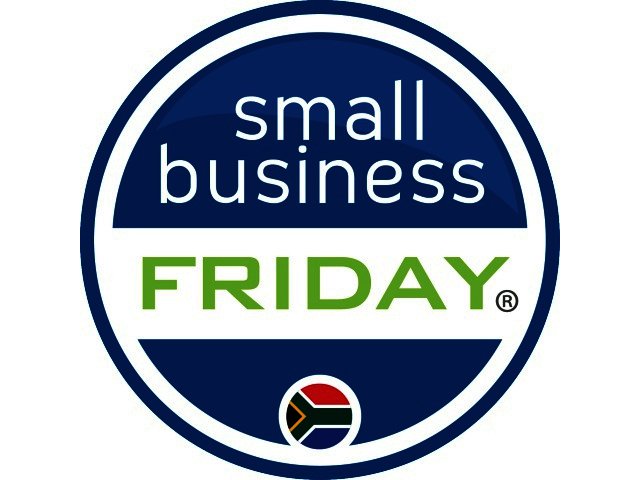When people talk about ‘digital disruption’, they tend to focus on disruptive opportunities for technology start-ups and the threats they pose to established banks, retailers and media companies. As we celebrate the annual Small Business Friday, Small & Medium Businesses should also be carefully thinking about what a wave of unprecedented technology change could mean for their companies in the years to come.
That’s according to Anton van Heerden, executive vice-president and managing director, Sage South & Southern Africa, who says that smaller businesses are as exposed to the risks and opportunities of new technology as larger companies – if not more. Savvy small business owners should thus be looking at their own markets to anticipate how technology will change their operations and the ways their customers behave in the years to come.
Van Heerden says that disruption occurs when a new player comes into an established market with an innovative way of doing things that changes the game for everyone else - usually driven by clever use of technology. For example, the entertainment industry was disrupted when music and movies turned into digital products (downloads) and then into services (streaming).
“This trend has already had a major impact on many smaller businesses – for example, family-owned bookshops and video rental stores have needed to create new opportunities for themselves,” says Van Heerden. “Overall, digital technology creates some wonderful new ways for Small & Medium Businesses to reduce costs, reach new markets and grow revenues.”
Here are some ideas about how Small & Medium Businesses can use disruptive technology:
1. Fintech revolution - new solutions for small companies
Financial technology (fintech) companies use technology to make financial services more efficient. For example, companies like Sage Pay make it easier and more affordable for Small & Medium Businesses to transact securely online. This, in turn, means that it is simpler and more convenient for small businesses to trade nationally and internationally.
2. Entrepreneurial opportunities built on other organisations’ platforms
One exciting trend is the way that companies like Uber and Airbnb help people to create new businesses opportunities for themselves, often with little investment than some of assets that they already own.
For example, you can become a driver for a ride-hailing company or rent out a spare room in your house via the Internet. If you’re pursuing another dream business idea, this can help you bring some revenues in while you are still busy building your company. It can also become a business in its own right.
The platform companies do the marketing, provide the website and transactional system, vet customers and suppliers, and connect entrepreneurs with people who need their services. The barriers to entry are quite low and the profits can be attractive.
3. Low-cost, high-impact technology
Cloud (online) applications make software like accounting systems, CRM packages and payroll solutions more affordable to Small & Medium Businesses. Essentially, they turn what used to be a large upfront capital cost into a small monthly expense and give smaller businesses access to secure, world-class software.
But the cloud also makes it faster to put great technology in place for your business and gives you more flexibility to add users and functionality as your business grows. Cloud computing allows you to work anytime and anywhere – just so long as you have an Internet connection and a device with a modern web browser. It also promotes collaboration.
4. Ways to shave expenses
In a tight economy, Small & Medium Business owners welcome any way to reduce costs without compromising on quality and service. Many technology services allow them to meet this goal. For example, fintech can make it cheaper to take and process payments, ride-hailing services are an affordable alternative to taxis, and even accommodation sharing sites have more affordable properties that are suitable for business travel.
5. Driving down marketing budgets while keeping the personal touch
Social media and search are changing the ways that big brands do their marketing, and entrepreneurs are also starting to catch on. Twitter, Facebook, Google and other online services offer a range of affordable and even free ways to promote your goods and services. They also offer you easy-to-use analytics tools so that you can track your performance.
We’ve seen many small businesses, such as restaurants use Instagram to show their delicious dishes to potential customers. A DIY store can shoot some simple videos with a digital camera or even a smartphone to show people how to install a shelf. The beauty of this is that you’ll get instant feedback and find new ways to create customer relationships by interacting with people online
Closing words
“In a time of seismic technological change and digital invention, our smart people are using the smartest technology to reinvent and simplify business accounting,” says Van Heerden. “Our research teams are working on making concepts like the Internet of Things, machine learning, blockchain and data sciences into a reality for African businesses, accountants and partners.”
“Small & Medium Businesses that see these technologies as an opportunity to create new services, markets and processes will position themselves for strong growth in the future.”





